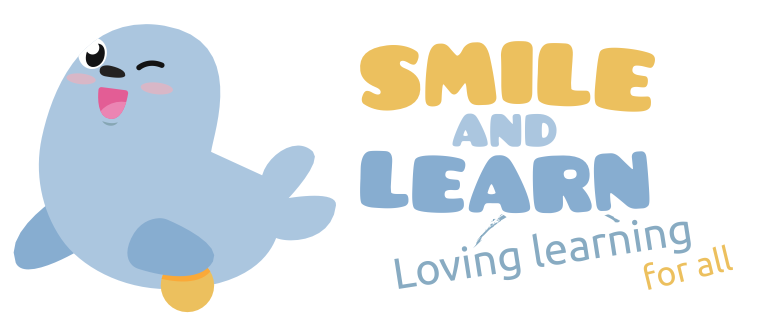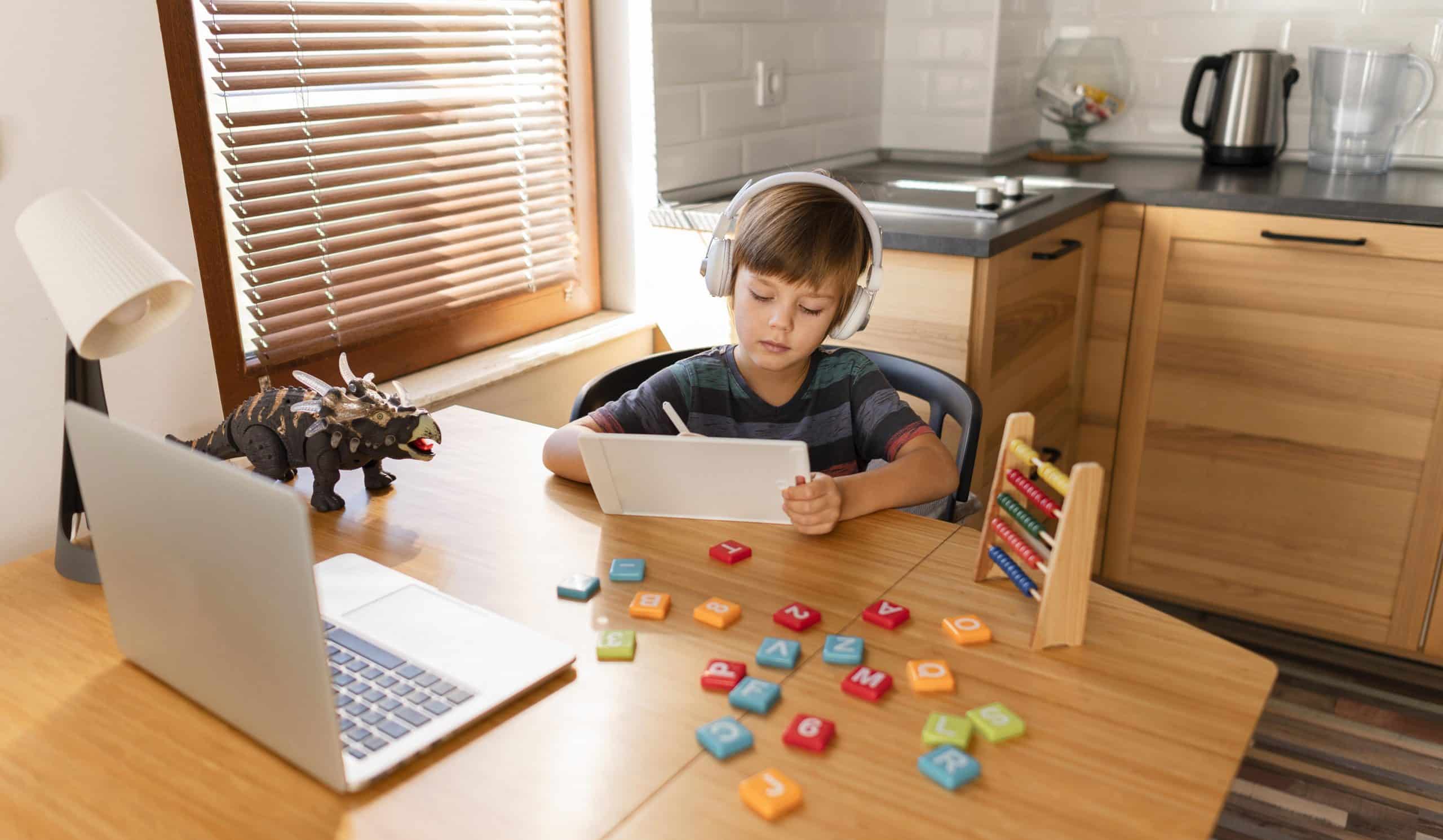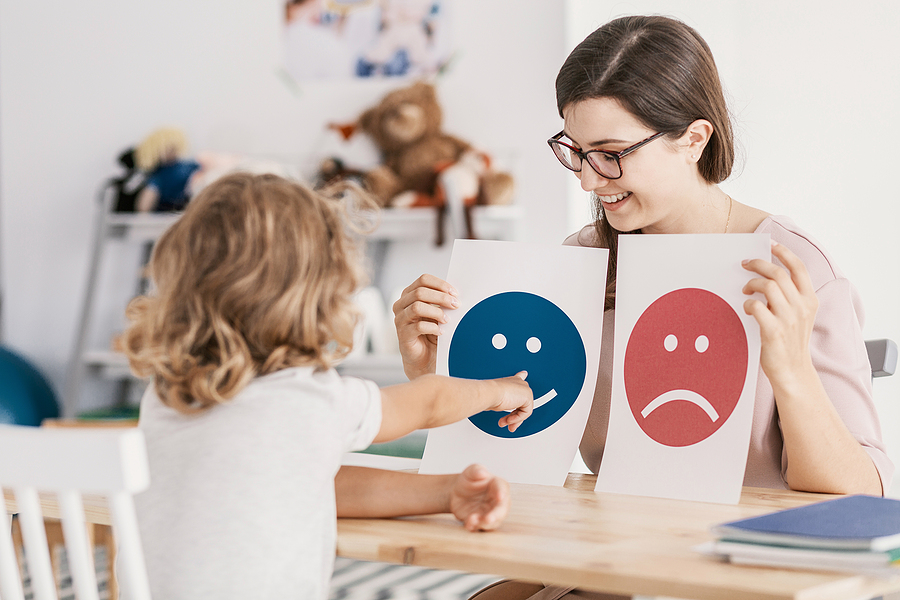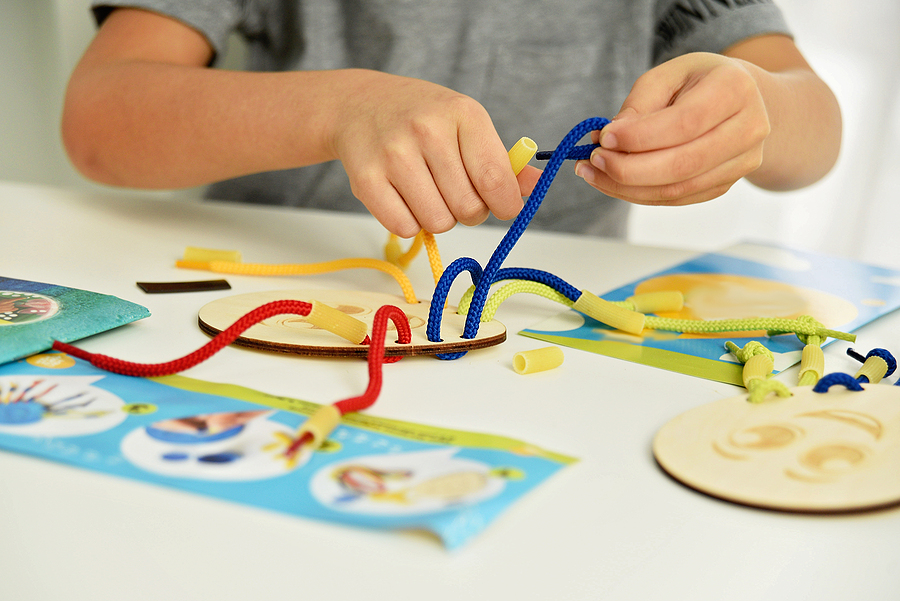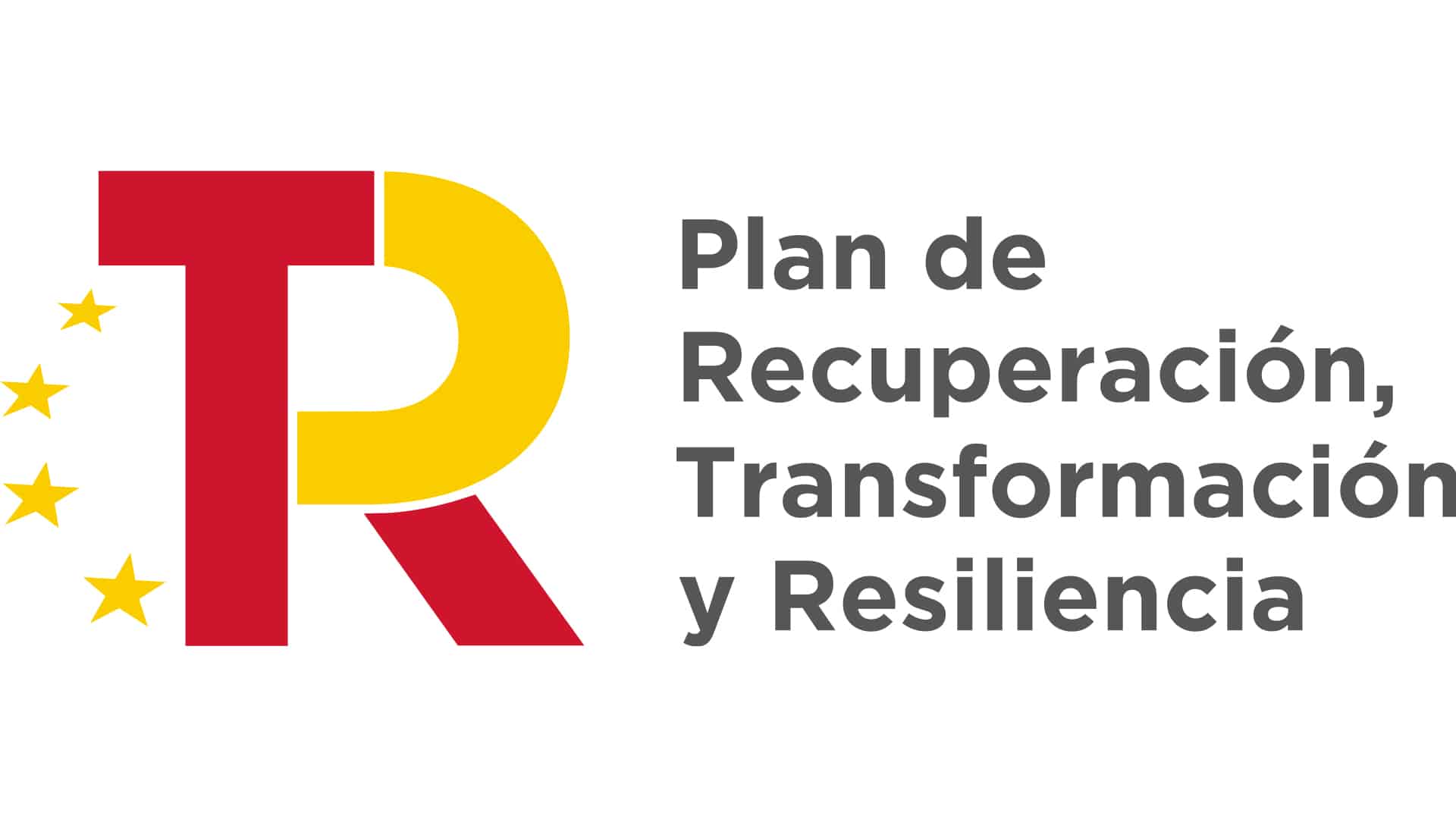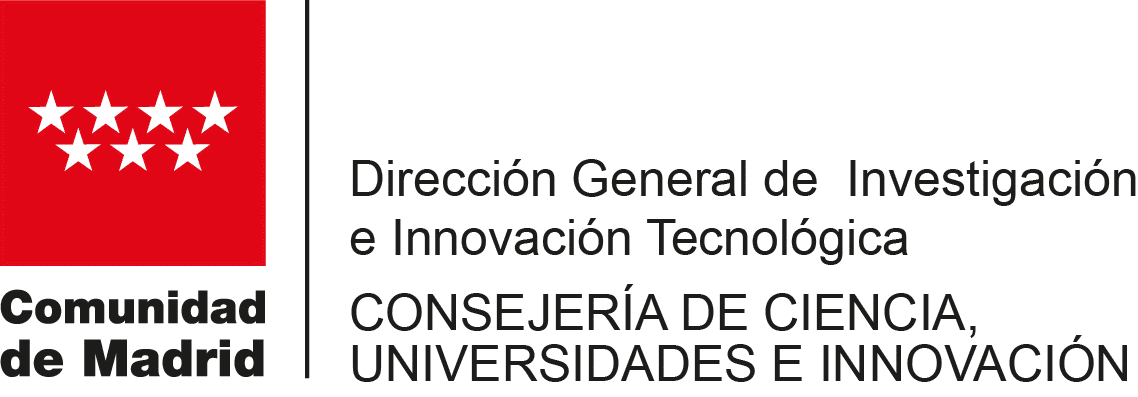Today, more and more schools are diversifying their learning models. We have already talked about the
cognitive learning or about project-based learning. Both methods aim at greater autonomy for the student to become an active subject who takes control of his or her own learning. The same happens with the method we present in today’s post: gamification.
What is gamification and how to implement it in the classroom?
The gamification is an educational methodology that mechanics and elements of games are transferred to the inside the classroom. Its main objective is that students learn through play, transforming learning into something fun and participatory and thus complementing their education.
This method of learning is not new. Play is a fundamental activity for the development of children, as it fosters their creativity, improves their self-esteem and increases their social skills. During the first years of schooling, it is normal for classes to be given in a more playful way, but not so much in later educational stages. Gamification also seeks to transfer the benefits of games to these higher levels of education.
The most important thing to do when applying gamification is to set an objective and, based on it, to build the game mechanicsBefore starting, students should be aware of the operation, the bonuses and the goal. From there, it will be necessary to select the type of game that best suits what we want to achieve: a trivia game with questions and answers, a level game, etc. Thanks to the development of ICT, games are no longer confined to the analog environment.
Advantages of gamification
Among the benefits of gamification are:
- Increases student motivation
- It favors students’ concentration.
- Improves creativity.
- Promotes teamwork.
- It allows students to excel themselves.
- Makes the work environment more fun.
- Increases student participation in the classroom.
- Teaches about the responsible use of ICT.
Nowadays there are apps specially dedicated to learning in a playful way. Smile and Learn offers hours of content and numerous games that allow children to learn while having fun and better assimilate knowledge. Mathematics, language, languages, emotional intelligence, etc. There you will find more than 12,000 interactive activities in different languages designed to develop the cognitive abilities of children between the ages of 3 and 12. Many of them have several levels of difficulty and are very varied. Different subjects or skills such as reading comprehension can be learned. In addition, boys and girls will gain smiles (points) as they complete the activities and can redeem them to, for example, upgrade their characters. This is intended to keep them motivated to continue learning.
If you want to implement gamification in the classroom and you haven’t tried our educational platform yet, you can do it for free by filling out the following form
this form.
